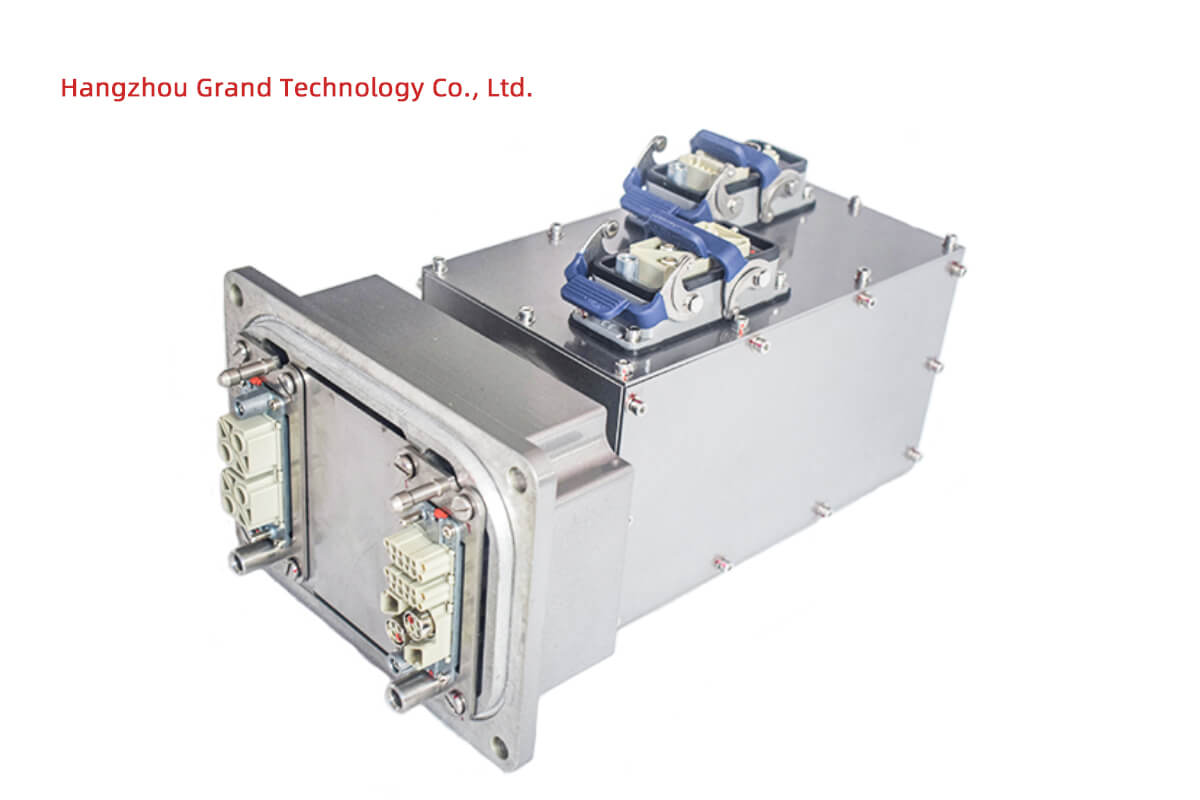Slip ring motors are widely used in various industries for applications that require high starting torque and precise control. However, the conventional direct-on-line (DOL) starting method used for slip ring motors can result in challenges such as high inrush current and mechanical stress. To address these issues, soft starters have emerged as an effective solution. This article aims to explore the working principle of soft starters and provide guidelines for their selection in slip ring motor applications. By implementing soft starters, businesses can achieve controlled startup, minimize inrush current, and prolong the lifespan of their slip ring motors.
The Need for Soft Starters
When slip ring motors are started with the DOL method, a sudden surge of current, known as inrush current, occurs, which can have detrimental effects. High inrush current puts stress on the motor windings, leading to accelerated aging and potential breakdowns. It also affects other connected equipment and the power distribution system. Soft starters are designed to mitigate these challenges by gradually ramping up the voltage and frequency during motor startup, thereby reducing the inrush current and mechanical stress.
Working Principle of Soft Starters
Soft starters consist of key components and functions that allow for controlled motor startup. One of the main components is the thyristor, which is responsible for controlling the voltage applied to the motor. Soft starters also incorporate bypass arrangements that divert current away from the thyristors once the motor reaches its full speed. This arrangement reduces energy losses and allows for efficient operation. Control circuits in the soft starters enable the gradual ramping up of voltage and frequency, ensuring a smooth and controlled acceleration of the slip ring motor.
Selection Guidelines for Soft Starters
Selecting the appropriate soft starter for slip ring motors requires careful consideration of various factors. Firstly, the motor rating, including voltage and current ratings, must be taken into account to ensure compatibility with the soft starter. Additionally, the starting torque requirements of the application should be evaluated to determine the soft starter’s capabilities in providing the necessary torque. The operational environment, including ambient temperature and humidity, should also be considered to ensure the soft starter’s durability and reliability.
When selecting a soft starter, features related to motor protection are crucial. The soft starter should have built-in protections, such as overload protection, phase loss protection, and overvoltage protection, to safeguard the motor against potential faults. The communication capabilities of the soft starter can also be advantageous, allowing for remote monitoring and control. Lastly, diagnostic features, such as fault logging and event recording, can aid in troubleshooting and preventive maintenance.
Soft starters play a vital role in slip ring motor applications by providing controlled startup and mitigating challenges associated with inrush current and mechanical stress. By gradually ramping up the voltage and frequency during startup, soft starters ensure a smooth acceleration, reducing wear and tear on the motor and connected equipment. When selecting a soft starter for slip ring motors, it is essential to consider factors such as motor rating, starting torque requirements, and the operational environment. Features related to motor protection, communication capabilities, and diagnostic functions should also be taken into account.
Implementing soft starters in slip ring motor applications not only improves the reliability and lifespan of the motors but also reduces the strain on power distribution systems. Businesses can optimize the performance of their slip ring motors and minimize costly downtime by following the selection guidelines and leveraging the benefits of soft starters. With controlled startup, slip ring motors can deliver efficient and reliable operation, meeting the demanding requirements of diverse industrial applications.
See What We Can Do

